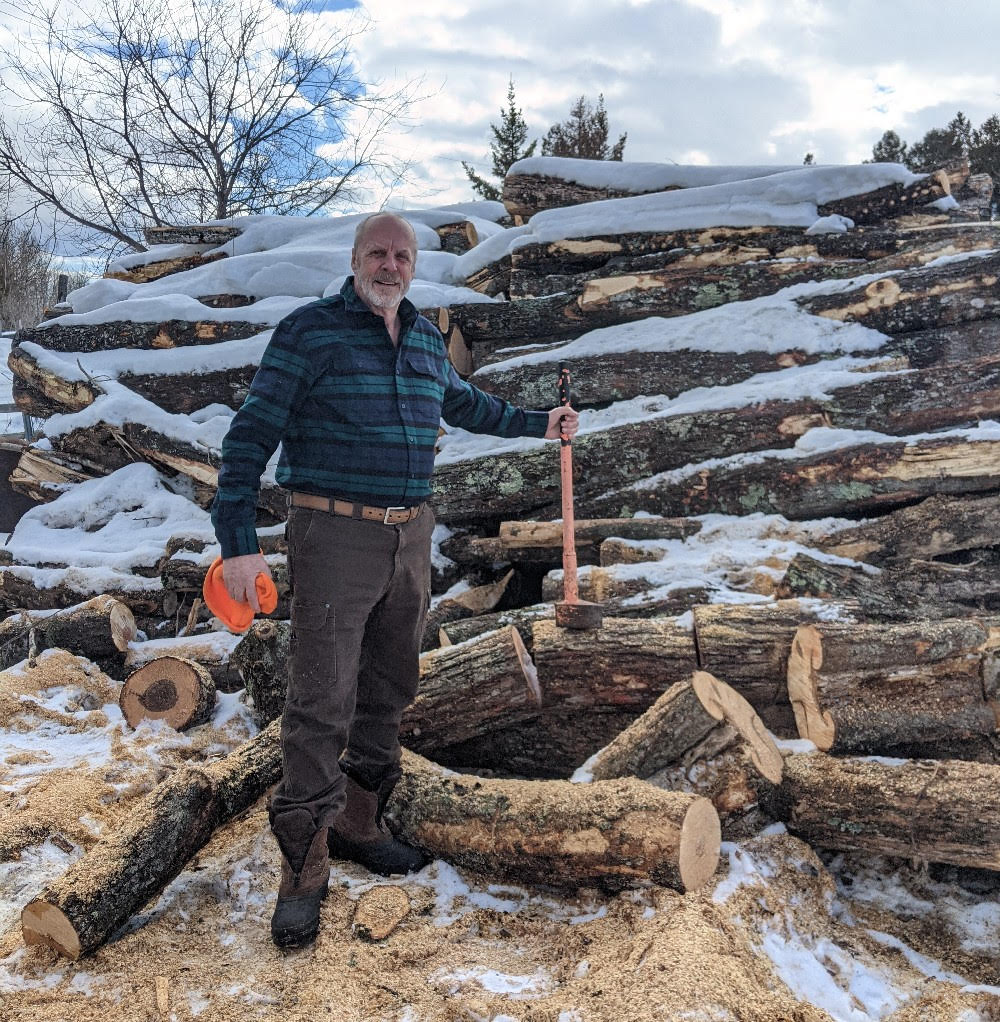CHEBOYGAN, Mich. (Michigan Back Roads) – Sturgeon have had a rough time of it. Once plentiful, sturgeon became so rare that many people had never seen one. They have been described as living dinosaurs or prehistoric survivors. It is estimated that they have been around for more than 130 million years. They grow to enormous size and can live for a century.
At one point, these giant fish had been harvested almost to extinction. Deemed a nuisance in the 1860s because they would get caught in such numbers that they damaged commercial fishing gear on the Great Lakes, sturgeon were killed and dumped back into the lake. In other cases, they were fed to pigs, used as fertilizer, and even stacked to be used as fuel for steamboats. Years later, their meat and eggs became valuable, and those same commercial fishermen began targeting the sturgeon.
MORE NEWS: Mass Timber Takes Root in Traveling Detroit Exhibit
In the 1890’s the annual haul from the Great Lakes exceeded 4 million pounds per year. These huge harvests, combined with the damage to spawning streams from agriculture and lumbering, led to a catastrophic decline in the sturgeon population. Today, 19 of the 20 states within its original range list the sturgeon as protected or endangered.
Sturgeon populations in Michigan impacted inland lakes as well. At one time the sturgeon living in the Black Lake had unlimited upstream access for their spawning run. Then a dam was built on the river greatly restricting the movement of the sturgeon and making them more vulnerable to harvest efforts. Their population began to decline. Some people decided to take action. Now there is a thriving sturgeon population in the Black Lake/Black River system near Onaway. Before things had gone too far Sturgeon for Tomorrow and other organizations stepped in and began managing the population.
Every spring in April and May, those sturgeon move from the lake and up the river. They spawn in the waters where they were born, just as they have for thousands of years. During those weeks, the sturgeon are at risk to poachers who covet their eggs as caviar. Individuals and groups can volunteer to keep watch in cooperation with Sturgeon for Tomorrow and the DNR. In the process people can get up close and personal with these freshwater giants.
“Sturgeon for Tomorrow” coordinates the whole thing. Hosts are camped on the high bluffs above the Black River. Some hosts are there for as long as six weeks. Groups like the Boy Scouts arrive to help on some weekends. Individual volunteers camp in remote spots along the spawning run to ensure that poachers are thwarted. Then there are those amazing students from MSU who work every day to catalog and tag as many sturgeon as possible.
In one stretch of the river are 5 or 6 holes where the sturgeon congregate. Divers go in and capture the sturgeon in hand nets. They bring the fish to the bank of the river where students wait to weigh, measure, and tag each one. These students are tough. They sit there in the weeds and the mud and the mosquitos and the ticks, working in cold water, 40 to 60 degrees cold. They do this every day for as long as the spawn continues, sometimes for 6 to 7 weeks.
On a typical morning divers bring up more than 30 sturgeon from the first hole alone. That process can take more than 2 hours and there were 5 more holes to go. They work nonstop, calling out the measurements back and forth to ensure accuracy. As soon as they finish with one fish, another handed up for processing, on and on it goes. Then again, there are days where the sturgeon just don’t show up. None the less, the conservation guys and the students are there, in that chilly water, searching and tracking.
MORE NEWS: Bulldogs Bite Again: Ferris State Caps Dynasty With Fourth D2 Crown
The sturgeon don’t just lay there waiting for the net. They are elusive and will fight with great strength to escape once captured. A six-foot sturgeon can weigh in at sixty pounds, most of it muscle from swimming against swift currents for fifty years. Protecting the sturgeon to the point where they can begin to grow in numbers is a major undertaking. For one thing, sturgeon don’t begin to spawn until the age of 20. Then there is the troublesome eight-day gestation period on fertilized eggs. The conservation program includes harvesting the eggs and operating a hatchery on the river to ensure another generation of sturgeon survives. The Sturgeon for Tomorrow program has produced so much data that other nations draw on it for knowledge and guidance in their conservation efforts.
When the spawning run is over, things return to normal. For the rest of the warm months, the Black Lake/Black River system is a typical northern Michigan nature area. When winter arrives the sport of ice fishing is popular on the lake and, on one day only there is Shivaree. Fishermen, conservationists, and wildlife enthusiasts gather on Black Lake participate in a unique festival. In case you didn’t know, a Shivaree is basically a noisy celebration, and it does get noisy out on Black Lake. They gather on the ice to spear sturgeon in a tightly controlled event that may last less than an hour. Sometimes the limit for the entire event is 7 fish. It is part of the payoff for another year of hard physical labor in pursuit of building up the population of endangered sturgeon in this closed water system.
The DNR is on hand to monitor the activities and Sturgeon for Tomorrow participates with educational exhibits and programs. In the span of a few years the efforts of these organizations has helped the population of sturgeon in Black Lake grow from about 700 to more than 1400.
